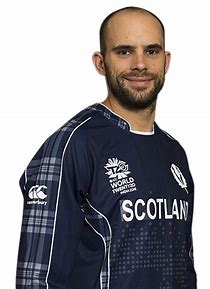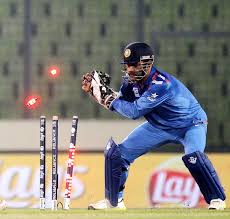The 14th Asia Cup gets underway on Saturday 15th September, in Dubai – a tournament that brings together six Asian sides for the third most prestigious 50-over tournament on the international calendar. It promises to be a closely fought and entertaining tournament!

Above: The 2018 Asia Cup is unveiled in Abu Dhabi
Format
The five ICC full members from the region – India, Pakistan, Sri Lanka, Bangladesh and Afghanistan – are joined for the two-week event by Hong Kong, who prevailed from a qualifier event held earlier in the month in Malaysia.
Depsite Hong Kong not currently holding ODI status, the ICC confirmed on Sunday that all games in the tournament will be official ODIs. Incidentally, this is the third time Hong Kong will have been granted temporary ODI status for their appearance in the Asia Cup – the same thing happened in 2004 and 2008.
All games will be played at the Dubai Sports City stadium and the Sheikh Zayed Cricket Stadium in Abu Dhabi.
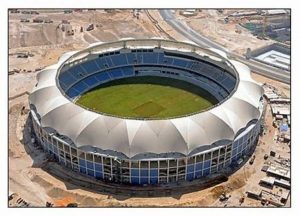
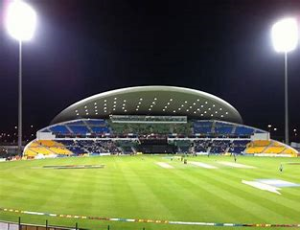
Above: The Dubai Sports City and Sheikh Zayed stadiums where the tournament will be held.
The first round of the tournament is played in two groups of three on a single round-robin basis, each team playing the others in their group once. In Group A, qualifiers Hong Kong face the big two of India and Pakistan, while Group B consists of Sri Lanka, Bangladesh and Afghanistan.
The top two teams from each group then qualify for a “Super Four” second stage, where all teams play again in a single round-robin format. Results from the first stage do not carry over. The top two from the Super Four qualify for the Final in Dubai on the 28th September.
History
This is the 14th Asia Cup. The first event was also held in the UAE in 1984, although exclusively at Sharjah rather than in Abu Dhabi and Dubai, where this event will be held.
India are the most successful Asia Cup team, having won the event six times. Sri Lanka have been crowned Asian champions five times and Pakistan twice. Bangladesh best finish is as runners-up, while Afghanistan are playing in only their second Asia Cup tournament. Even Hong Kong have appeared more than that, having previously featured in the 2004 and 2008 edition.
India are also reigning Asia Cup champions, having won the 2016 competition which was held as a T20I format for the first time. Sri Lanka won the last tournament held in the 50-over format in 2014.
Form and rankings
India will no doubt be favourites again, being the top ranked ODI side in the tournament at 2nd. They will however be without talismanic captain Virat Kohli who is being rested for the tournament, and are coming off an ODI series defeat to England. Prior to that defeat they had thrashed South Africa 5-1 and beat Sri Lanka 2-1.
Pakistan, ranked 5th, will also fancy their chances, being reigning ICC Champions Trophy champions. Since that memorable tournament win, when they beat arch-rivals India in the final, their ODI form has been rather topsy-turvy – blanking Sri Lanka and Zimbabwe 5-0 either side of a 5-0 defeat to New Zealand. They are also playing in “home” conditions, having been largely based in the UAE since 2009.
Bangladesh are ranked 7th in ODIs, and it is arguably their favourite format. They recently beat the West Indies, but prior to that lost to Sri Lanka in the final of their home tri-series also featuring Zimbabwe.
Sri Lanka are ranked 8th , and have also had indifferent form in ODIs of late. They won their last two games against South Africa having already lost the series, but won the Bangladesh tri-series and lost to India.
Afghanistan are ranked 10th. Their last outing was a 2-1 series win over fellow new full member Ireland, and prior to that they won a World Cup Qualifier tournament in Zimbabwe that they were a hair’s breadth away from crashing out of at an early stage. Afghanistan have remarkably not played an ODI against an Asian full member side since 2016, so the tournament represents a rare opportunity to test themselves at this level.
Hong Kong famously lost their ODI status at the World Cup Qualifier in March, so don’t have an official ODI ranking. They recovered from a shock first game defeat to Malaysia in the qualifying tournament, but prevailed against ODI status teams Nepal and the UAE to qualify, and will relish their return to the big stage. led by 20 year-old skipper Anshuman Rath (pictured below).
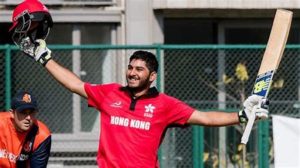 .
.
Stats and Milestones
There are plenty of stats and milestones to keep an eye out for as the tournament unfolds:
Pakistan have played 894 ODIs in their history. If the make it all the way, the final will be their 900th ODI!
Afghanistan have played 170 matches with full international status, winning 99 of them – so they need one more to bring up their century.
Upul Tharanga (Sri Lanka) – Opener Tharanga has scored 6.873 ODI runs, needing 127 in the tournament to bring up 7,000.
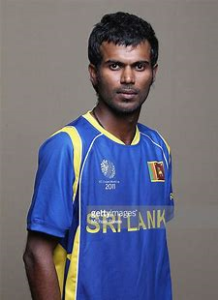
Rohit Sharma (India) – Stand-in Indian skipper Rohit is also bearing down on the 7,000 mark, having notched up 6,748 in ODIs in his career to date. A mere 252 will get him across the line.
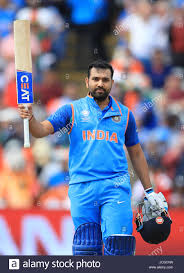
Mushiqur Rahim (Bangladesh) – The Tigers’ keeper is in line for milestones with both bat and gloves. With the willow he needs 172 runs to notch up 5,000 in ODIs, while he will be looking for 7 dismissals behind the stumps to reach 200 in the 50-over format for his country.

Lasith Malinga (Sri Lanka) – having been recalled for this tournament, Malinga is in sight of two milestones. He is the Asia Cup’s second highest wicket-taker with 28 victims in the tournament’s history. Only fellow Sri Lankan Murali has more on 30, so three wickets will see Lasith take the crown.
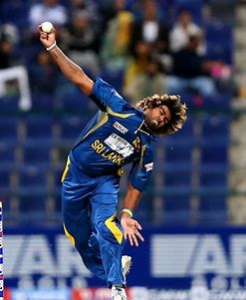
Overall he has taken 492 wickets across all formats for Sri Lanka, so needs just more for a massive 500.
Babar Azam (Pakistan) – Pakistan’s top order batsman needs 27 runs to bring up 2,000 in ODIs.
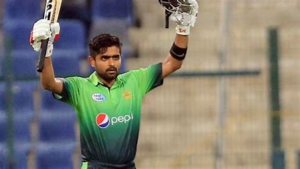
Tamim Iqbal (Bangladesh) – Veteran opener Tamim needs 61 runs to bring up 12,000 across all formats, becoming the first Bangladesh batsman to do so.
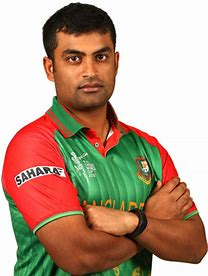



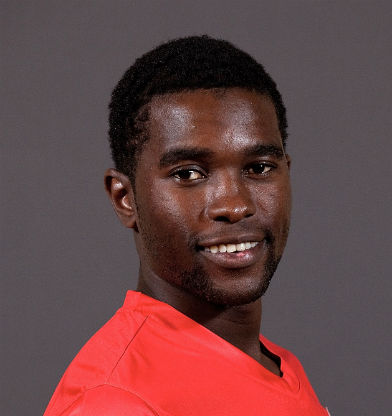

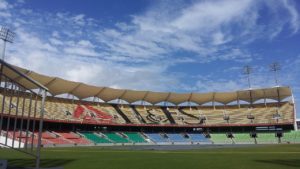


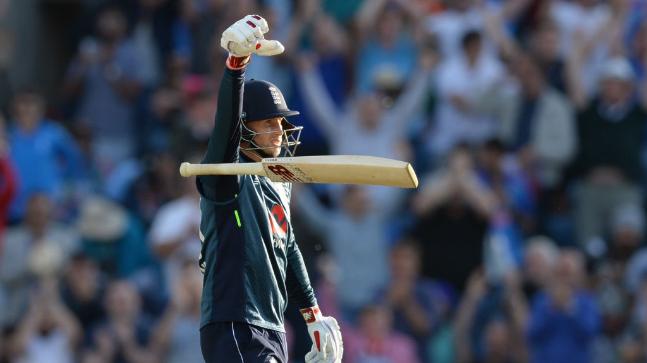
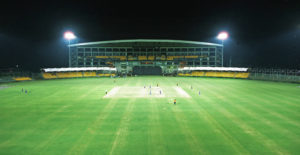

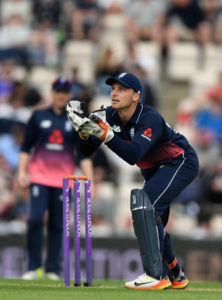

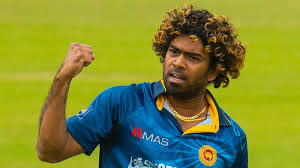
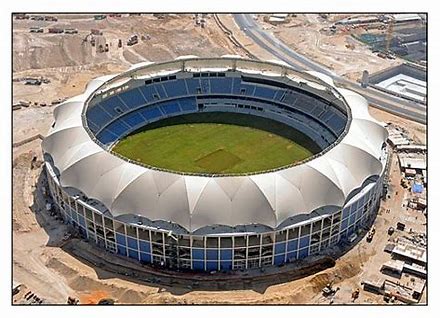



 .
.








